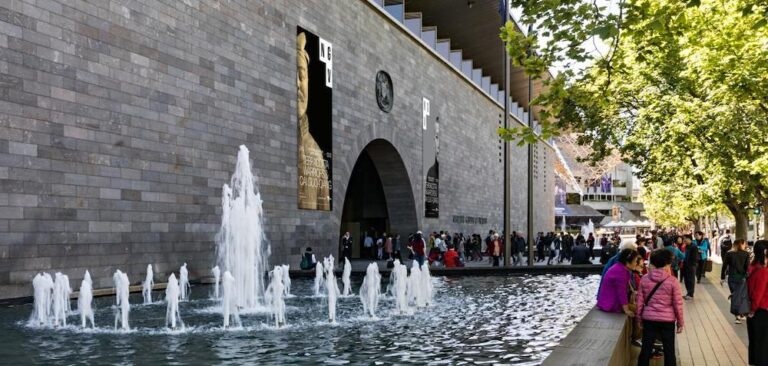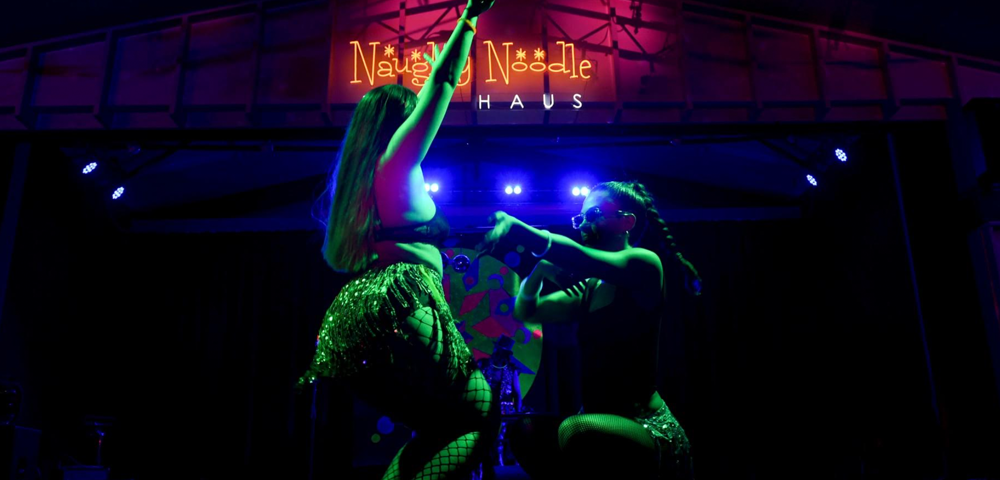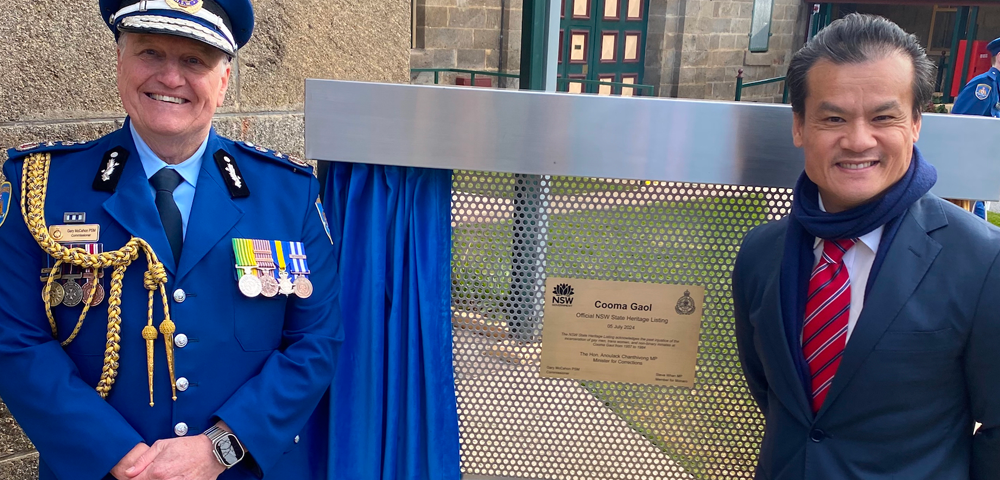
Don Quixote
The Spanish know a lot about blood and honour, about art and passion, but most of all they know how to make music and dance. No wonder so many ballets and operas have borrowed from Spain -“ and that so many were inspired by Cervantes’s story about a deluded old Spanish knight in search of honour.
This ballet version of Don Quixote was choreographed by Rudolf Nureyev for The Australian Ballet in 1970. Then artistic director Robert Helpmann played the knight and Nureyev himself the role of the young barber, aflame with love for Kitri, the innkeeper’s daughter, and famously leaping around a lot.
As a young dancer in Russia, Nureyev was familiar with the original 19th century ballet of Don Quixote. Composer Ludwig Minkus then used only a cosmetic touch of Spanish music, so Nureyev brought in John Lanchbery to make the score more Spanish.
Judging by the neat and pretty dancers in the first act of this revived production, it all needs another strong dash of Spanish. The ballet is well-known for its joy and high jinks but as the villagers gather it teeters dangerously towards the kitsch and high pantomime.
Choreographic power and passion only come later when the eloping lovers wander into the dark gypsy camp. Following them is Don Quixote who here makes his famous mad tilt at the windmill. But like much of the production the stagecraft is creaky and Anne Fraser’s set is unremarkable.
My real disappointment is in the undeveloped role for Don Quixote, that exquisite dreamer of a better world, who in this ballet just hobbles around after the lovers. His noble obsession with Kitri at least justifies an artful fantasy dance from the girls. But passively looking on, Gennadi Koutchin brings no dignity or yearning to the role, and Jacob Sofer is forgettable as his sidekick, Sancho.
Most would be redeemed if the electricity fired between the lovers.
In the final act, all story telling is swapped for the circus ring as the dancers show off their best moves. Here the lovers, (on the matinee I saw it) diminutive Marc Cassidy and ever grinning Leanne Stojmenov, carry well this technical display, but without a spark of passion between them.
This Don Quixote may be colourful and sometimes humorous but there is little depth, darkness and desire at its emotional centre -“ and that ironically is what is best about the Spanish.
Don Quixote is at the Sydney Opera House until 26 April.









